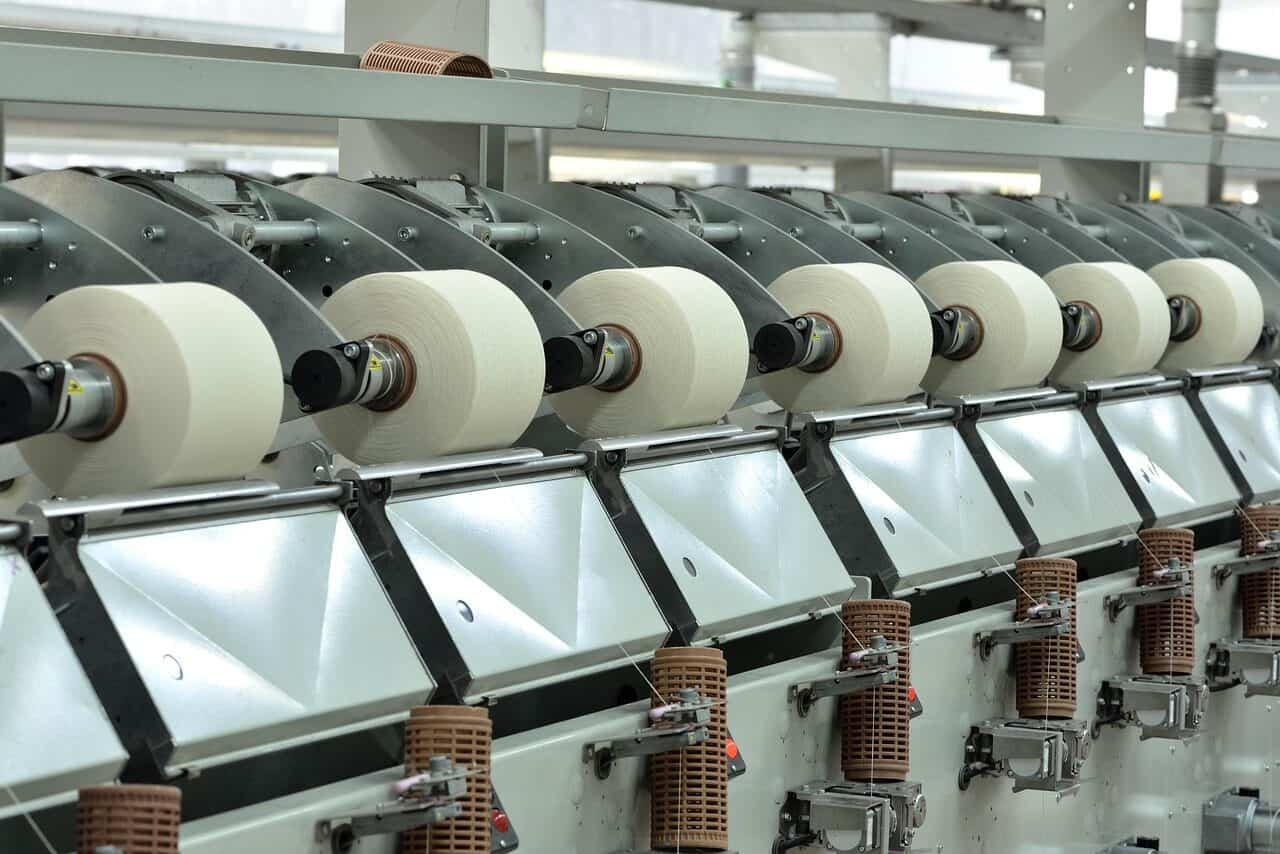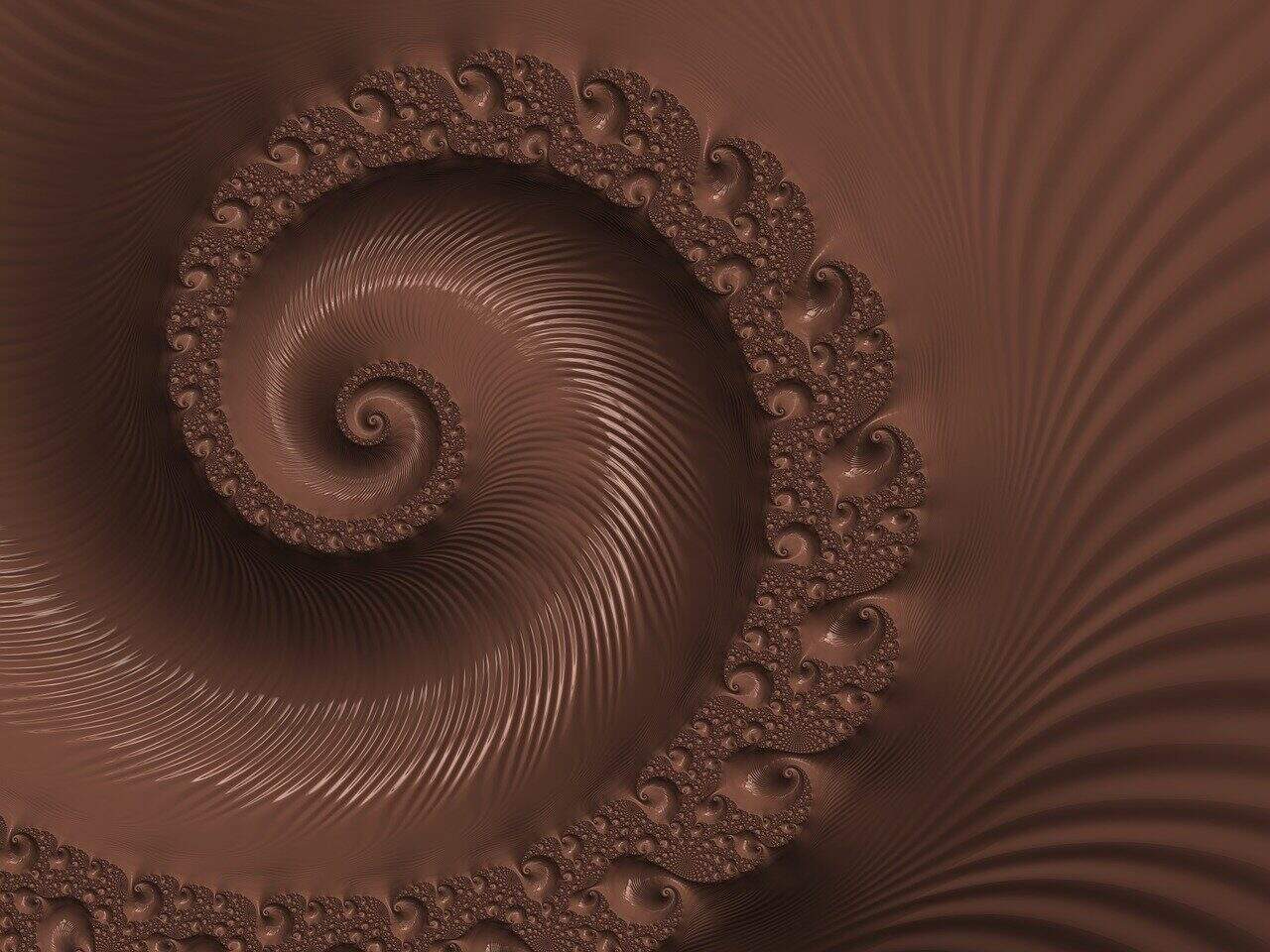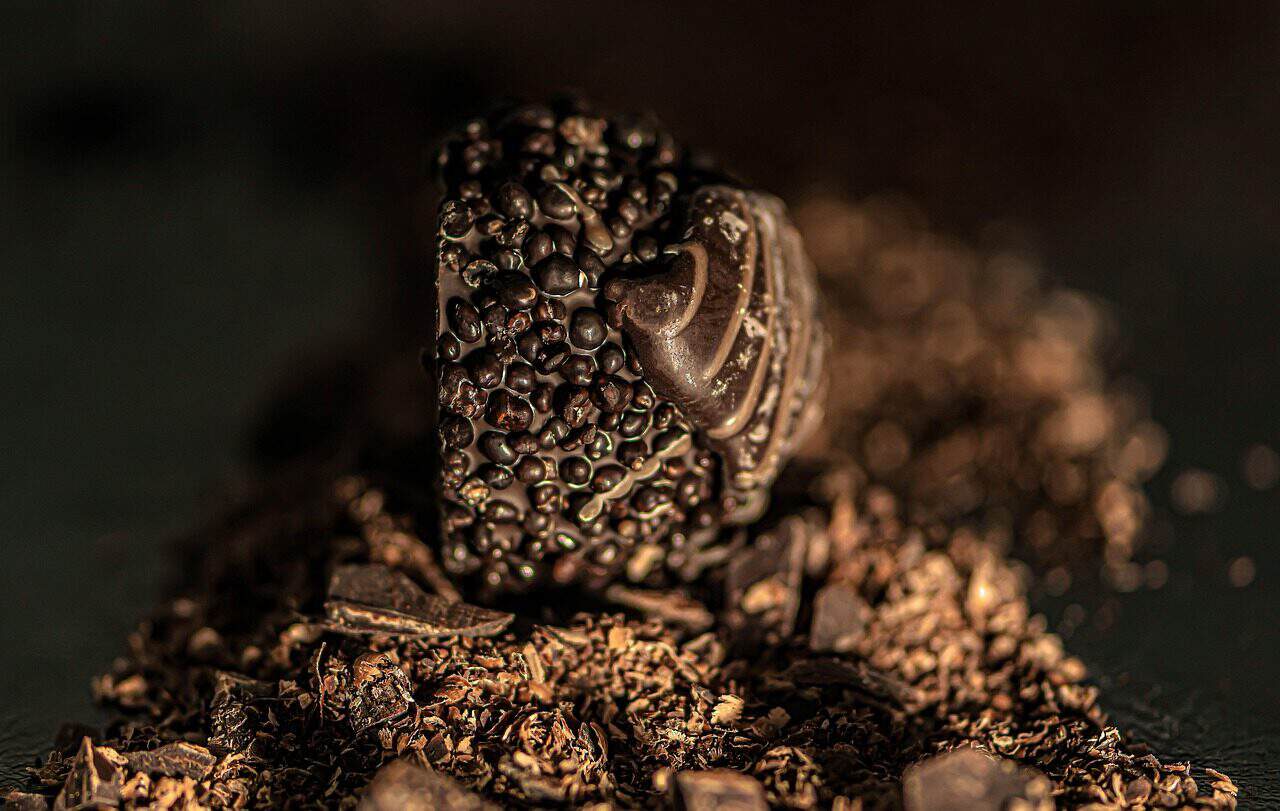
If you are wondering how is Brown sugar crystal ball manufactured in the factory, then keep reading. In this article, you will learn how Sucrose crystals are coated with molasses and distributed according to weight. In addition, you will discover how the process is done and why the final product has no “fish eye” or “shot ball” defects. Listed below are the main steps involved in the manufacture of this confection.
Sucrose crystals are coated with molasses
Raw sugar contains 97.5% sucrose and a small amount of glucose or fructose, inorganic ash, gums, amino acids, and a few other impurities. The raw sugar is then processed to remove all surface impurities and a sticky brown coating. Activated carbon is then added to remove the remaining color and odor. The next step is the crystallization process, which involves boiling the syrup, seeding it with sugar crystals, and centrifuged.
The massecuite is separated into sugar crystals and molasses through a centrifuge. The machine rotates at speeds ranging from 1,000 to 2,800 revolutions per minute. The sugar crystals remain in the centrifuge, while the molasses pass out of the lined basket. The centrifuge also uses spring water to wash the crystals during centrifuging.
Sucrose crystal coating is performed by mechanical mixing
The process of mechanical mixing for sucrose crystal coating in Brown sugar is called smizing. This procedure involves subjecting the mixture containing sucrose crystals and fat to high shear. A ribbon mixer is commonly used to perform this process. The end of the tip is allowed to make contact with the inside wall of the tube. This process can be repeated multiple times to obtain uniform coating of the crystal.
le process of mechanical mixing is used for several steps in the process of sucrose crystal coating. First, the sucrose crystals are coated with fat. This fat helps the crystals not to form shotballs or fish eyes, which are balls formed by mixing sucrose crystals with viscous molasses. The crystals then combine with excess fines to form a substantially transparent piece called a “glassy” ball.
Sucrose crystals are distributed by weight
The process of producing Brown sugar substitute involves coating the sucrose crystals with molasses. This method prevents glassy pieces from forming on the sugar. A small amount of molasses is also added to the mixture to avoid the formation of “fish eyes.” The resulting piece is substantially transparent and angular. To achieve this result, the crystals are distributed by weight.
The sugar used in the product of the invention exhibits granulation properties. The granulation characteristics are measured using a Rotap device manufactured by Tyler. The device comprises a shaker mechanism and a sieve stack containing mesh screens with designated openings in microns. In this process, a percentage of the sucrose crystals pass through the sieves while retaining only a small amount.
Cane sugar is a natural sweetener
Cane sugar is a natural sweeteners. It is a blend of simple carbohydrates like fructose and glucose. It is made from cane juice that is filtered to remove sediment and then dried into sugar crystals. These sugars are also known as raw or unrefined sugar. Turbinado sugar is golden brown in color and has larger crystals than refined sugar. Refined sugar is stripped of molasses and color, making it unhealthful and often leads to a spike in blood sugar.
Unrefined sugars, on the other hand, have a high moisture content and a distinct flavor. This type of sugar can be scooped into a mould or scooped into containers while still hot. After cooling, the syrup crystallizes into powdery material. This process also produces individual sugar crystals that are distinct from one another. Although the process is similar to that of white sugar, unrefined sugars are not as refined.
Processes used to produce sugar
Raw sugar can be produced in various ways, including the centrifuging process, which separates the white sugar crystals from the molasses. The resulting juice is then processed further, including washing, filtering and drying. Once it reaches the refinery, it is sent to the next stage for further processing. This process is also known as crystallisation. The finished product is brown in color, and it is used for baking and other purposes.
After cane sugar is harvested, it is processed. The initial step is to crush the cane. The syrup is then passed over carbon to remove impurities and remove the colour. It is then concentrated by boiling under a vacuum, and it is finally crystallized. The finished product is known as brown sugar, which contains 99 percent sucrose. The process is believed to have originated in India three thousand years ago.





